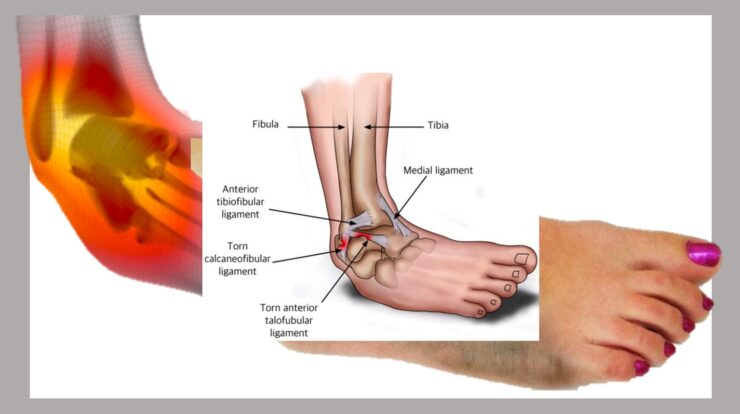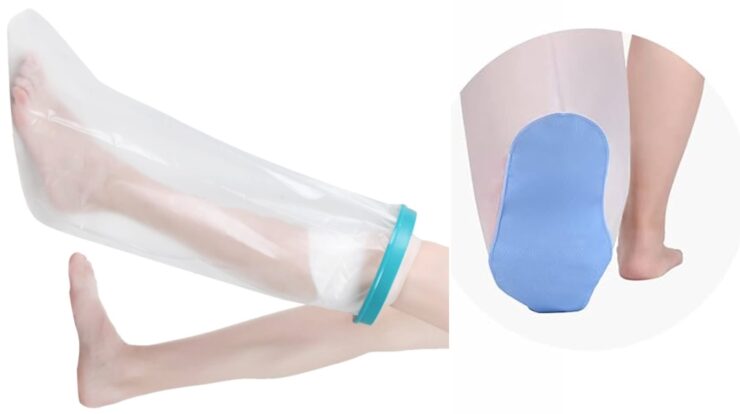
Accidents happen, and injuries to the foot are no exception. Among the most common injuries are sprains and fractures (breaks).
While both can result in pain, swelling, and limited mobility, it’s crucial to understand the differences between a sprained foot and a broken foot to ensure proper diagnosis and treatment.
This article delves into the critical distinctions between these two types of injuries.
Definition and Causes
- Sprained Foot: A sprained foot occurs when the ligaments that connect the bones are stretched or torn due to sudden twisting, rolling, or impact. It’s often the result of overstretching these tissues beyond their normal range of motion.
- Broken Foot: A broken foot, also known as a fractured foot, involves a break in one or more of the bones that make up the foot. A sudden traumatic force, such as a fall, impact, or other significant pressure can cause this.
Symptoms
- Sprained Foot: Symptoms of a sprained foot include pain, swelling, bruising, tenderness, and difficulty bearing weight on the affected foot. The pain is usually localised around the injured ligament.
- Broken Foot: A broken foot exhibits similar symptoms—pain, swelling, bruising, and difficulty walking or putting weight on the foot. However, the pain with a broken foot might be more intense, and you might feel pain directly over the fractured bone.
Diagnosis
- Sprained Foot: Diagnosis typically involves a physical examination by a medical professional. They might assess your range of motion, check for tenderness, and possibly order imaging tests like X-rays or MRIs to rule out any fractures.
- Broken Foot: Similarly, a physical examination is conducted to identify the location and extent of pain. X-rays are the most common imaging tests used to confirm the presence of a fracture and determine its severity.
Treatment
- Sprained Foot: Treatment for a sprained foot involves the RICE protocol: Rest, Ice, Compression, and Elevation. Depending on the severity, a doctor might recommend pain relievers, a brace, or crutches to alleviate pressure on the foot. Physical therapy exercises might be prescribed to aid in recovery.
- Broken Foot: Treatment varies based on the type and severity of the fracture. Simple fractures might be treated with a cast or walking boot, while more complex fractures could require realignment through manual manipulation or surgery. Immobilization and elevation are also important during healing.
Recovery Time
- Sprained Foot: Recovery from a sprained foot can range from a few days to several weeks, depending on the severity. Mild sprains might heal relatively quickly, while more severe ones take longer.
- Broken Foot: Recovery time for a broken foot is generally longer. Simple fractures might take about 6-8 weeks to heal, while more complex fractures or those requiring surgery might take several months.
Complications
- Sprained Foot: If not properly treated, a sprained foot could lead to chronic instability or weakness, increasing the risk of future sprains.
- Broken Foot: Improperly treated or neglected broken bones can result in improper healing, leading to deformities or long-term pain.
Conclusion
Distinguishing between a sprained foot and a broken foot is vital for receiving the appropriate medical care and ensuring a successful recovery.
While both injuries share common symptoms, the causes, treatment approaches, and recovery times differ significantly.
If you experience severe pain, swelling, or difficulty moving your foot after an injury, seek medical attention to receive a proper diagnosis and develop an effective treatment plan.






